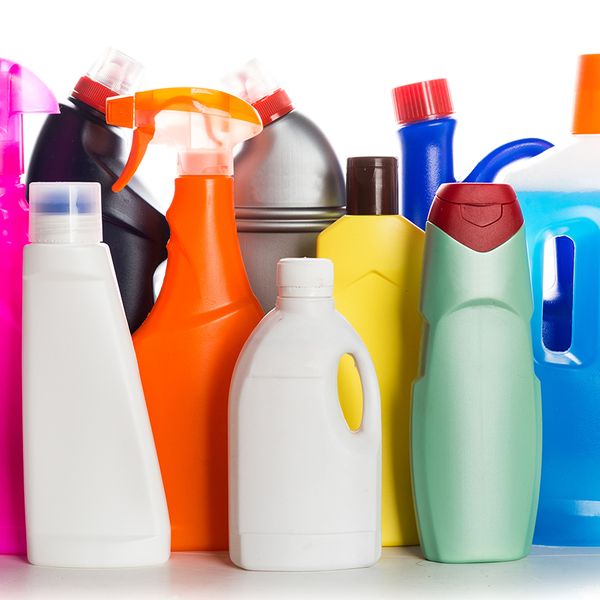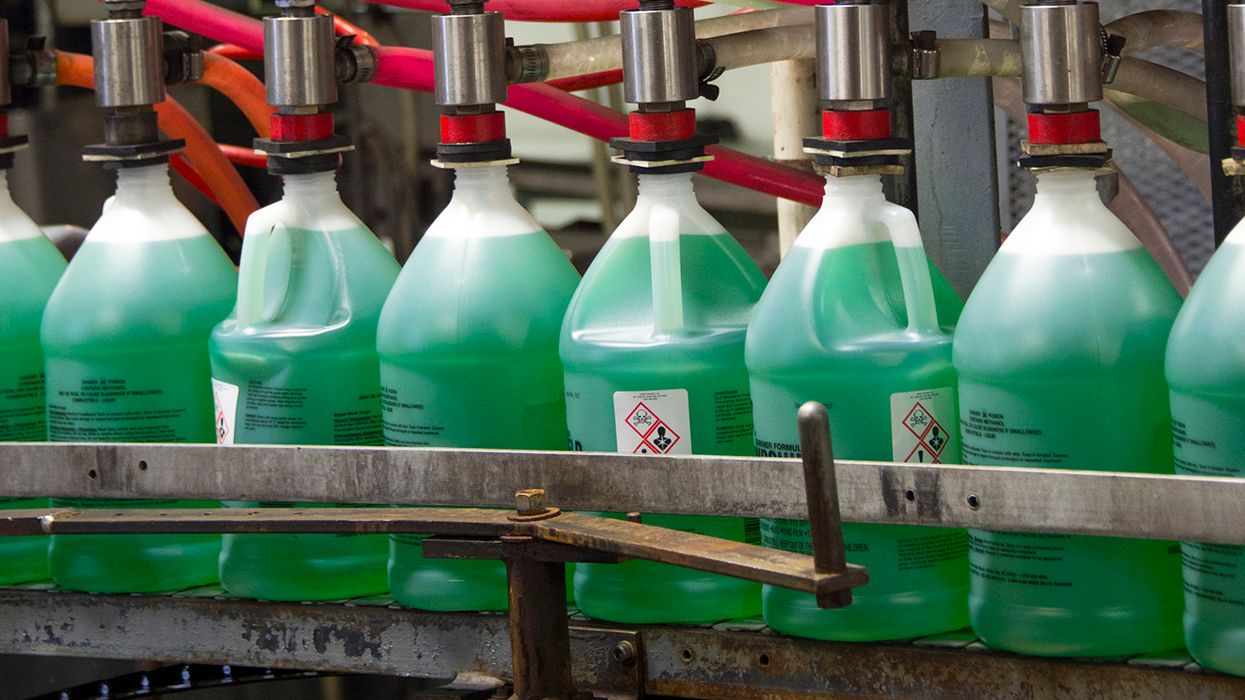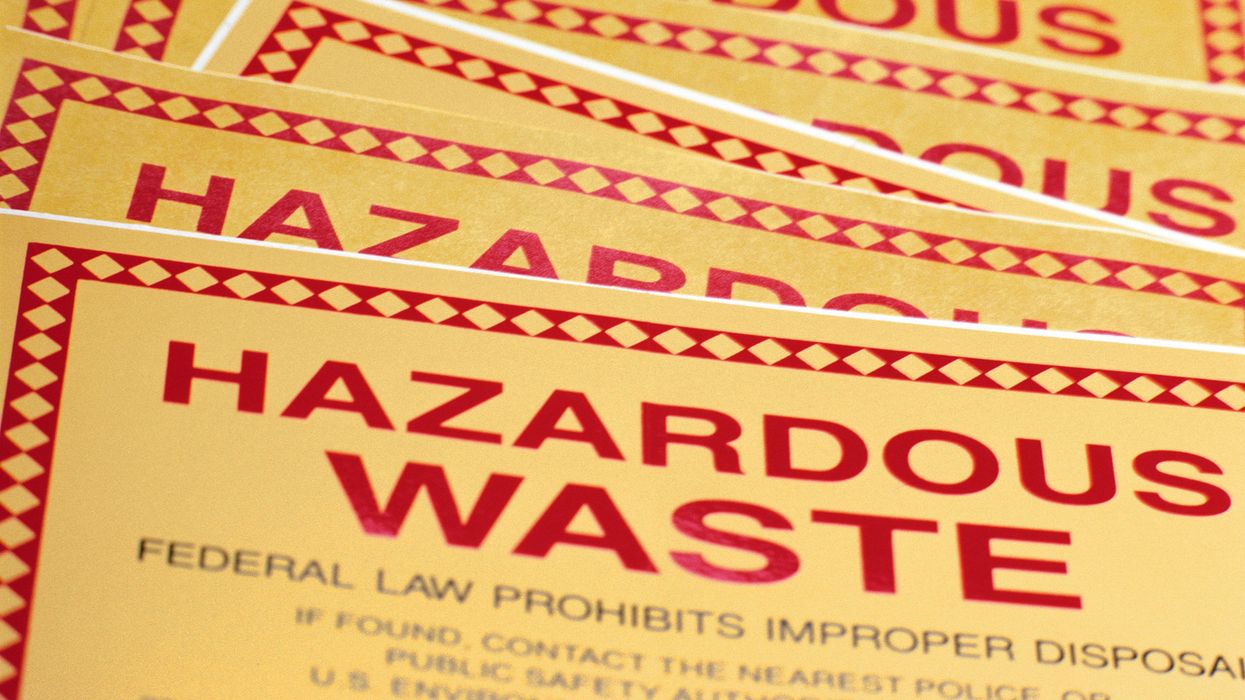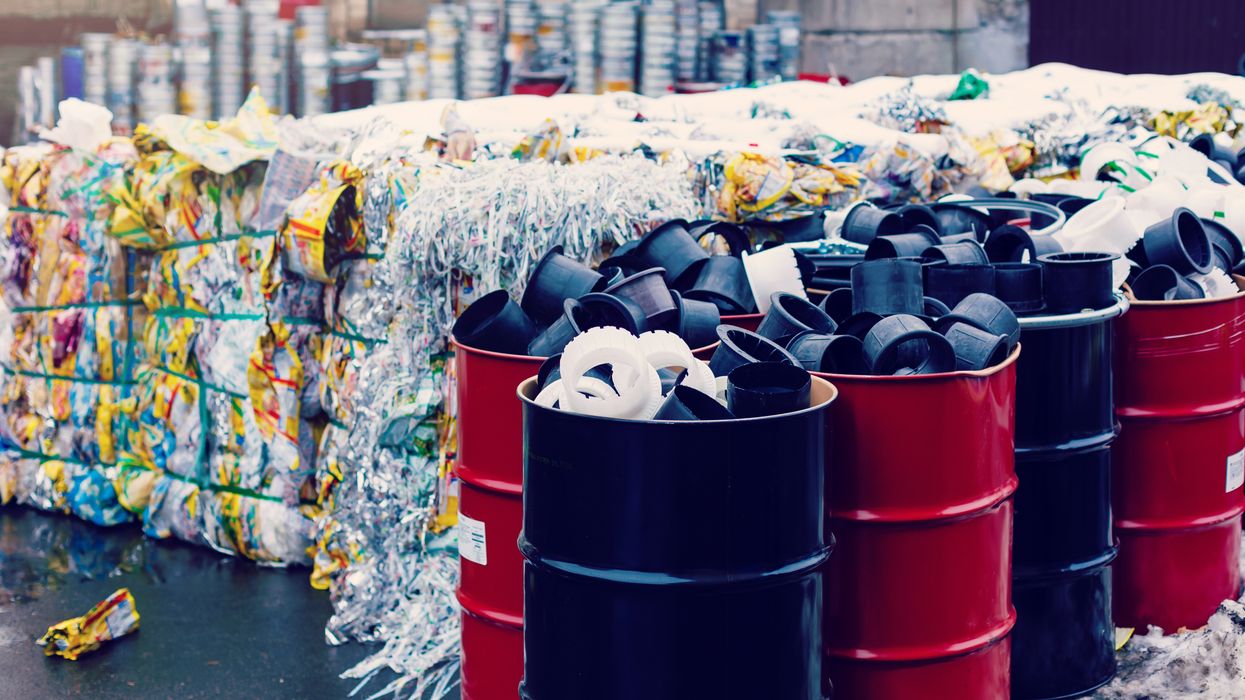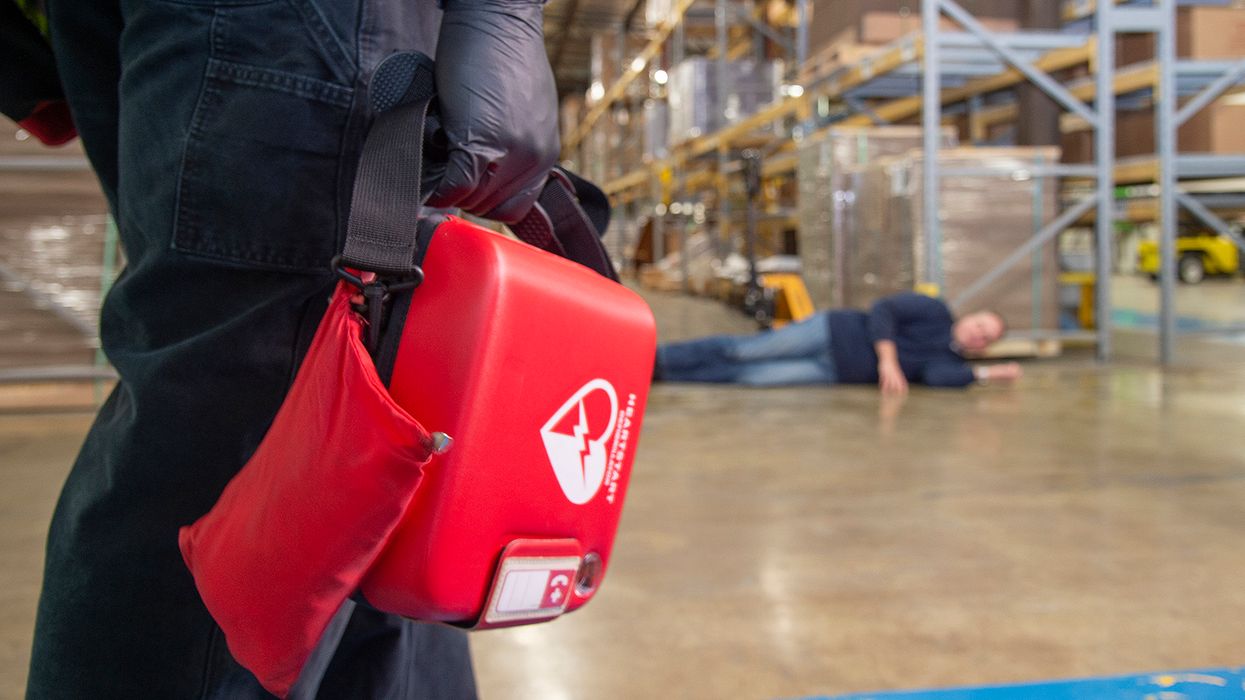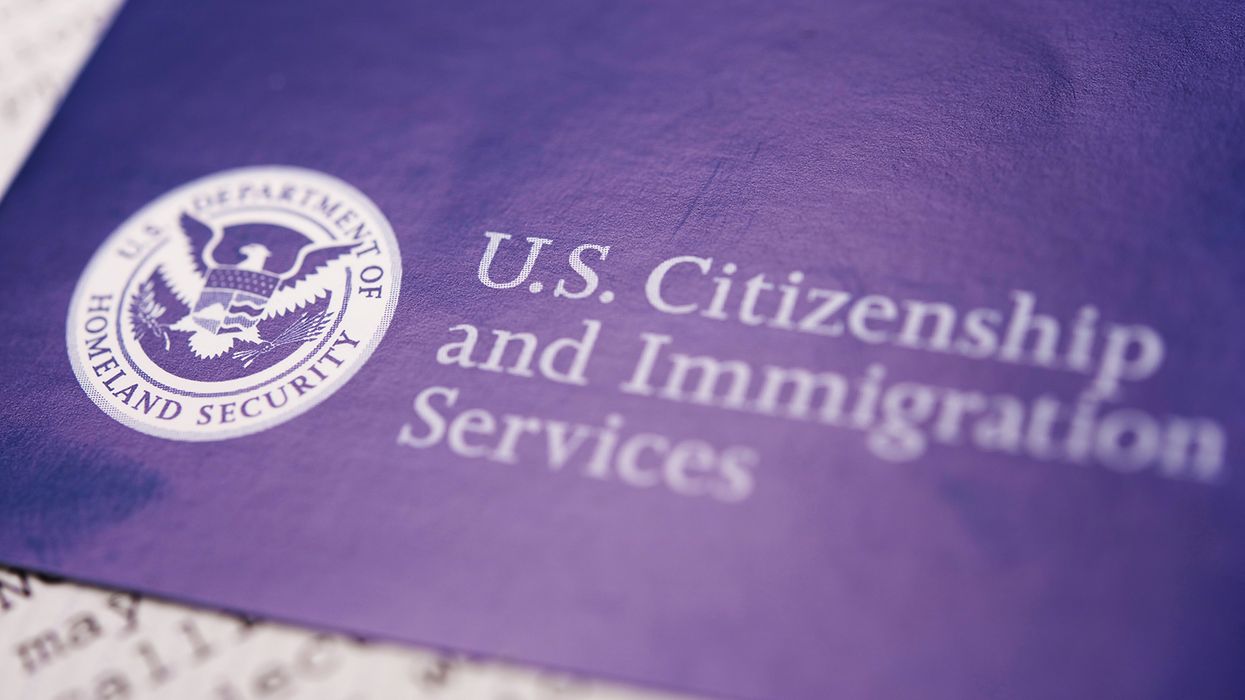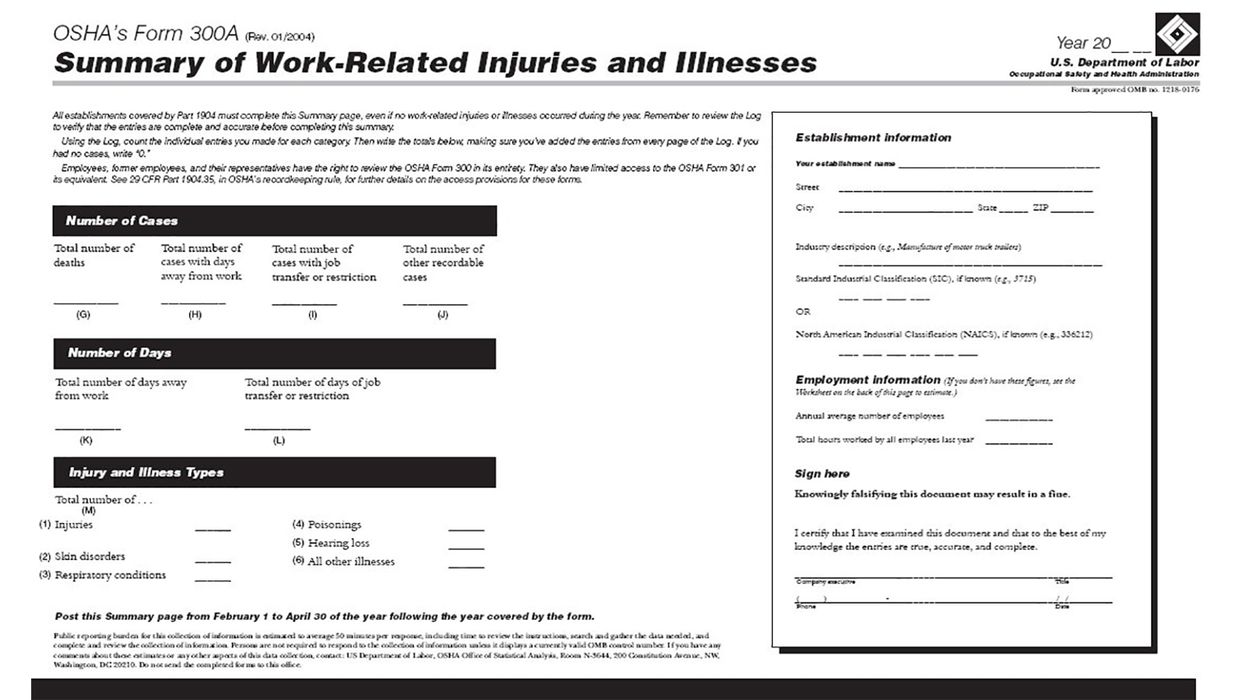1-BP slated for HAP listing, risk mitigations
After years of work, EPA looks to have a realistic finish line in sight for the first ever addition of a pollutant to the Clean Act Act’s list of hazardous air pollutants (HAP). The June 17, 2021, Federal Register Advanced Notice of Proposed Rulemaking (ANPR) provides a clear expectation of listing by stating, “EPA has made the determination that 1-BP is an air pollutant that should be added to the HAP list and therefore expects to list 1-BP as required by CAA section 112(b)(3).”
1-bromopropane — or 1-BP — is a product used in a variety of processes, including electronics and metal cleaning, surface coatings, dry cleaning, adhesives, and as an intermediate chemical in the manufacture of pharmaceuticals and agricultural products. Because it is so widely used, the agency believes the listing on 1-BP will have impacts on numerous small businesses, many that may not even be aware of any new requirements. The goal is to understand and address those impacts before finalizing the listing.
The process began in 2010, when the Halogenated Solvent Industry Alliance submitted a petition to list 1-BP as a HAP. In the following decade, there have been many actions taken by EPA, including several public comment opportunities. In the June 2021 ANPR, the agency is again looking for public input to identify and evaluate the regulatory impacts of the listing, specifically on small businesses.
Being listed as an HAP is not the end of the process; it simply kicks off the next step where EPA must create standards to address 1-BP emissions. Usage, financial, and emission control information gathered during the current comment period will shape the HAP listing to ensure emissions of 1-BP can effectively be controlled. However, even in the absence of 1-BP specific standards, some requirements kick in immediately for sources that are already subject to National Emission Standards for Hazardous Air Pollutants (NESHAP). For example, NESHAP facilities must use low- or no-HAP adhesive and cleaning products.
1-BP also targeted for "unreasonable risks"
Last year, EPA released the final risk evaluations for 1-BP under the Toxic Substances Control Act. The risk evaluation shows there are unreasonable risks to workers, co-workers, consumers, and bystanders for 16 out of 25 conditions of use. EPA is still in the process of identifying actions to address those risks.
An OSHA Hazard Alert notes that 1-BP can have adverse health effects such as irritation of the eyes, mucous membranes, upper airways, and skin. And it can damage the nervous system, resulting in headaches, dizziness, loss of consciousness, confusion, slurred speech, difficulty walking, and loss of feelings in the limbs.
Workers can be exposed to 1-BP by breathing in vapor or mists, or the chemical can be absorbed through the skin. The adverse health effects get worse the longer a worker is exposed to 1-BP.
Key to remember: While EPA has taken the next step toward listing 1-BP as a hazardous air pollutant, the agency is still evaluating the impacts of its actions on small businesses.




